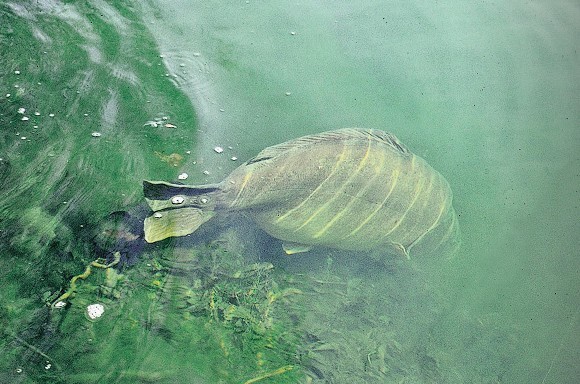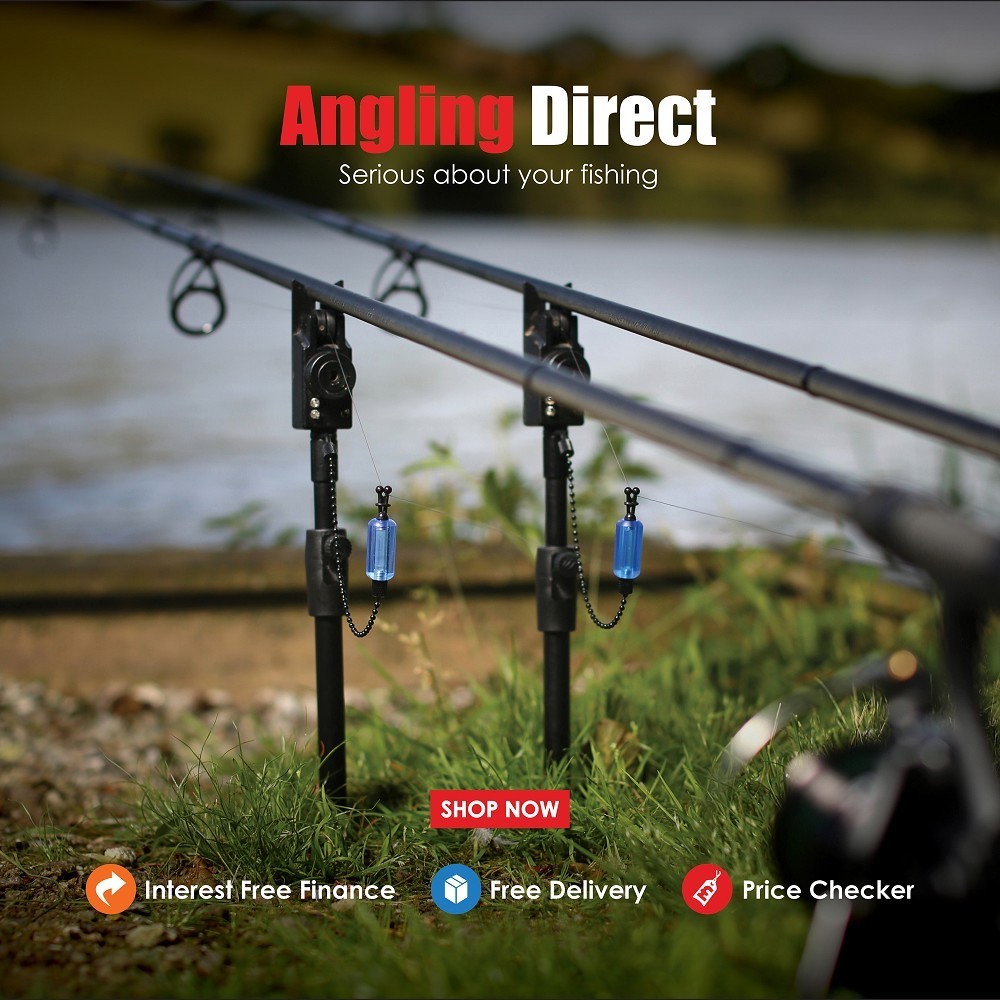
Does pressure affect carps' patrol routes?
Do carp follow the same patrol routes in high pressure as they do in low? Rob Yarrow, via e-mail
Lewis Read says: “For a long time now I have tried to make sense of the effects of significant changes in environmental conditions on the fish we angle for and air pressure has always been of particular interest.
“As far back as I can remember I always had access to a barometer and as a young angler was fascinated by the apparent link between air pressure and the behaviour of the fish in our family garden pond (and later on the waters I fished).
“The question remains whether it is the weather change associated with a change in air pressure – or the air pressure itself that causes the change in observed behaviour. Either way, the fish’s behaviour and therefore patrol routes can often change dramatically with these fluctuations and I strongly advocate that it is far better to keep your eyes peeled to make the correct choices regards location of the fish, by taking each day as it comes.
“As a basic rule though, high air pressure will cause settled, bright conditions, In the spring and summer this will see the fish most active early in the morning and often moving up to the surface layers as the water warms up, whereas in the winter they will often end up hanging about mid-water doing very little! In either case Zigs are well worth a go, or small high-attract traps set on the lakebed in the hope to draw fish down for a quick bite.
“Dropping air pressure is often linked with a new weather front heading in from either the continent or more often off of the Atlantic and the increased wind and freshening temperatures will often stir the fish into feeding as the oxygen levels naturally increase in the water – especially down near the lakebed were the oxygen levels are most critical to induce a strong feeding response off a baited area.”





